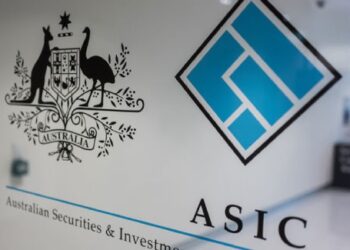Michael Hallinan, special counsel for SUPERCentral, said there are several reasons to unwind an LRBA within an SMSF, including the fact that the transfer of an asset to the fund can be entitled to significant concessional transfer duty treatment.
“An LRBA involves an SMSF borrowing money to purchase an asset, which in most cases is a residential or commercial property. The asset must be held in a separate holding trust, or ‘bare trust’, by a separate holding trustee until the loan is repaid,” Hallinan said.
“As the SMSF nears the end of its LRBA repayment period, the fund typically chooses to pay out the loan and then unwind the LRBA, which is the process by which the asset held in the holding trust is transferred to the SMSF.”
Hallinan said there is no legal compulsion to unwind the LRBA when a loan is fully repaid and the SMSF’s interest in the holding trust will not become an in-house asset merely because the loan has been repaid.
“Legal title remains with the holding trustee. The SMSF may choose to leave a small amount owing to the lender, if the lender is a related party, and maintain the holding trust until it decides what to do with the property.”
The first method of unwinding an LRBA, he said, is the transfer of legal title, or transferring the property to the SMSF.
“This method requires the holding trustee to transfer legal title to the property to the SMSF and is achieved by the holding trustee providing a completed and signed real property transfer with the SMSF as transferee.”
“If relevant and applicable, a signed and registrable discharge of mortgage and the original certificate of title can also be transferred.”
He continued that the SMSF must then cause the real property transfer to be stamped (or marked exempt) and lodge it and the certificate of title and discharge of mortgage with the relevant land titles office, paying the necessary registration fees and PEXA fees.
The second method of unwinding an LRBA is via transfer of sale proceeds, which involves selling the property to a third party and then transferring the net sale proceeds to the SMSF.
“The second method requires the holding trustee, after being instructed by the SMSF, to sell the property to a third party,” Hallinan said.
“The sale price must be market value and the sale terms must be the normal conveyancing terms appropriate for the type of acquired property. Once the sale has been completed, the net sale proceeds after payment of conveyancing fees, expenses must be paid to the SMSF.”
He warned that the net sale proceeds cannot be left in the holding trust as the sale proceeds are not treated as a permissible replacement asset of the property.
There are a few reasons not to unwind an LRBA, Hallinan said, such as uncertainty as to whether the property transfer to the SMSF will be eligible for concessional transfer duty.
“This doubt may arise because the LRBA was not correctly structured from a transfer duties perspective.”
“Another reason not to unwind an LRBA is that the property is soon to be sold to a third party, making a transfer of the property to the SMSF unnecessary.”
Hallinan said once the LBRA has been wound up, the holding trust will terminate after the transfer of title has been effected.
“While no document is required to effect the termination of the holding trust, it is prudent for trustee minutes to be prepared to record the relevant details of the termination.”
“Documents should be prepared to confirm the winding up of the trust for audit purposes. As the holding trust is a transparent trust for taxation purposes, no final tax return needs to be prepared.”


